The JUICE spacecraft recently swung past the Moon and Earth in a rare maneuver on its journey to Jupiter.
Category: space – Page 184

A 3D Ion Magnet: Unlocking the Third Dimension in Quantum Computing
Researchers have engineered a new technique to trap ions in 3D structures using modified electric fields in Penning traps, forming stable bilayer crystals.
This innovation paves the way for more complex quantum devices and could revolutionize quantum computing and sensing by utilizing space more efficiently.
Quantum Device Challenges
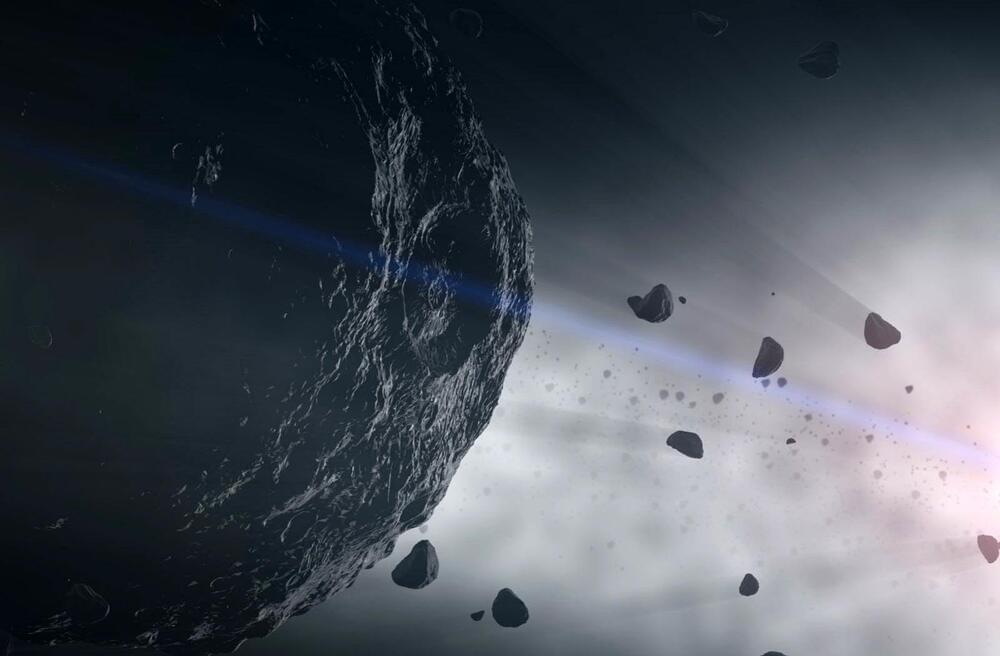
NASA’s DART Impact: Asteroid Moon Permanently Transformed
A University of Maryland-led study reveals new details about asteroid dynamics following NASA ’s DART mission, which intentionally collided with the asteroid moon Dimorphos in 2022. The impact significantly altered Dimorphos’ trajectory and shape, leading to unexpected gravitational behaviors. These findings challenge previous assumptions about asteroid evolution and could influence future planetary defense strategies and space missions, as researchers continue to assess the system’s stability and potential for further exploration.
When NASA’s Double Asteroid Redirection Test (DART) spacecraft collided with an asteroid moon called Dimorphos in 2022, the moon was significantly deformed—creating a large crater and reshaping it so dramatically that the moon derailed from its original evolutionary progression—according to a new study. The study’s researchers believe that Dimorphos may start to “tumble” chaotically in its attempts to move back into gravitational equilibrium with its parent asteroid named Didymos.
“For the most part, our original pre-impact predictions about how DART would change the way Didymos and its moon move in space were correct,” said Derek Richardson, a professor of astronomy at the University of Maryland and a DART investigation working group lead. “But there are some unexpected findings that help provide a better picture of how asteroids and other small bodies form and evolve over time.”
Scientists discover a long-sought global electric field on Earth
Using observations from a NASA suborbital rocket, an international team of scientists, for the first time, has successfully measured a planet-wide electric field thought to be as fundamental to Earth as its gravity and magnetic fields.
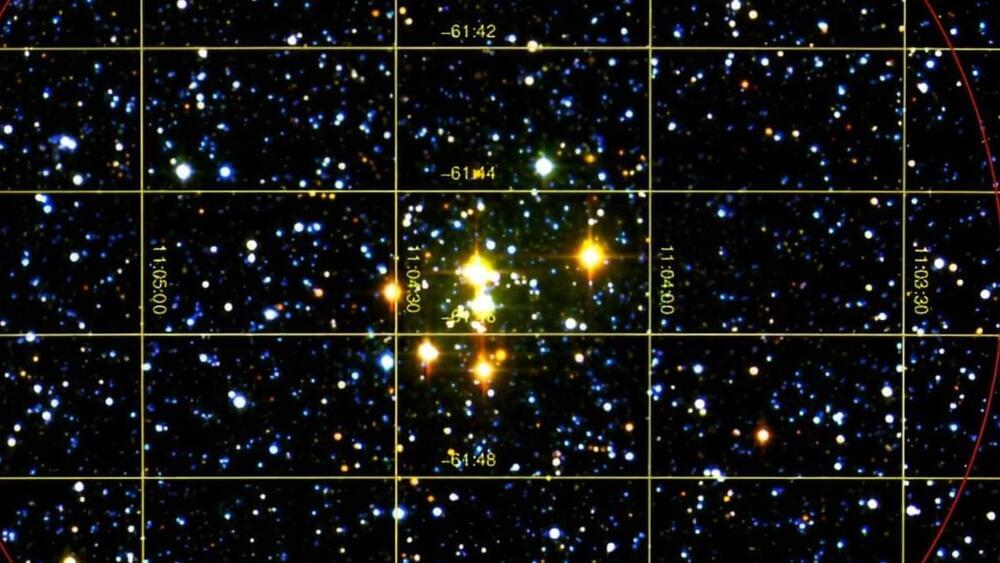
Rare Milky Way star cluster is packed with red supergiants 1 million times brighter than the sun
“There are many open clusters in the galaxy. However, not all open clusters have the same level of interest to astronomers,” Ignacio Negueruela, a researcher at the Universidad de Alicante who was part of the team behind the discovery of supergiants in Barbá 2, told Space.com. “Clusters rich in red supergiants are very rare and tend to be very far away, but they play a crucial role in understanding key aspects in the evolution of massive stars.”
The intimidating size and power of supergiants means these monster stars burn through their nuclear fuel much faster than stars like the sun. Whereas our star will exist in its main sequence lifetime for around 10 billion years, supergiants are estimated to last just a few million years.
The short lifetime of supergiants means that while open clusters like Barbá 2 are common, with over 1,100 already discovered in the Milky Way alone, finding one packed with red supergiants is extremely rare.

NASA’s Moon Launcher Is in Big Trouble
Reports that each of NASA’s Artemis launches could cost as much as $4.1 billion…
“Costs going up faster than the tower,” self-described internet rocket scientist Scott Manley joked at the time.
NASA used its Mobile Launcher 1 for its inaugural — albeit uncrewed — Artemis mission in late 2022. According to a 2020 audit, the tower, which was originally built for NASA’s canceled Constellation program, cost $234 million to develop.
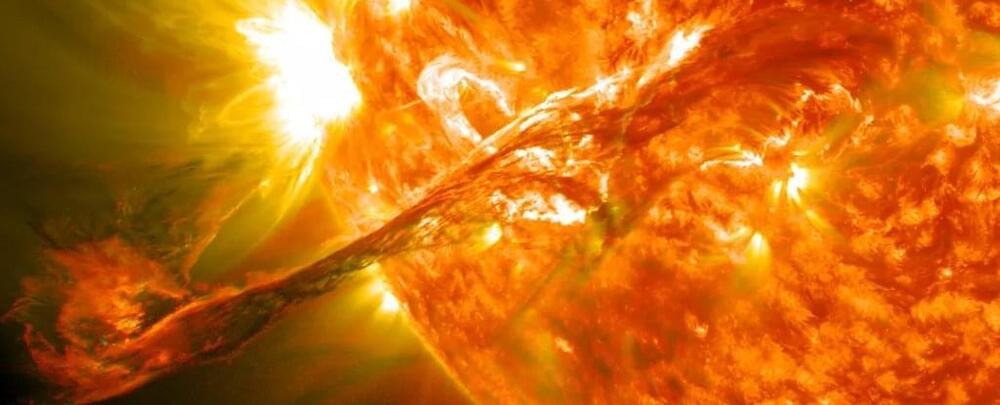
The Sun Is More Active Than Scientists Anticipated. Here’s What It Means For Us
From afar, the Sun looks calm and peaceful in our daytime skies. But up close, it’s an erupting, chaotic display of solar activity the likes of which astrophysicists didn’t expect until the last year or so.
“We didn’t think the Sun was going to be as active this particular cycle, but the observations are completely opposite,” Andrew Gerrard, the department chair and director of the Center for Solar-Terrestrial Research at New Jersey Institute of Technology, told Business Insider.
Solar cycles typically occur every 11 years. Within that time, the Sun oscillates from minimum to maximum solar activity, with maximum activity peaking in the middle of the cycle when the Sun’s magnetic fields flip.
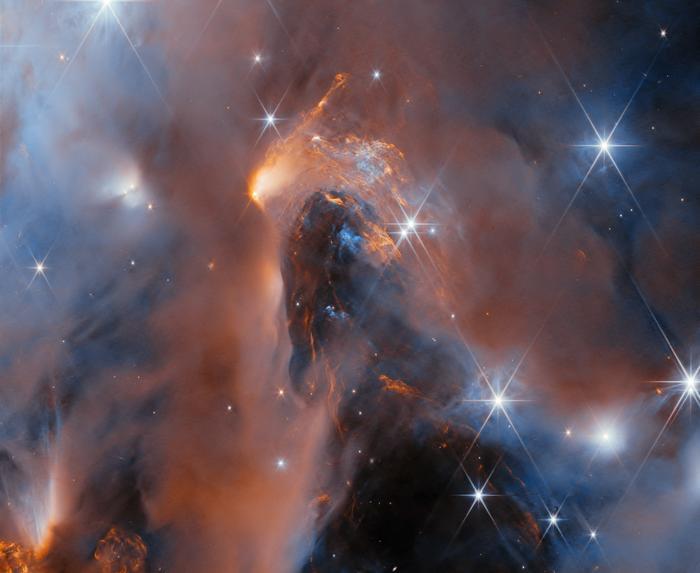
James Webb Space Telescope Uncovers Six Likely Rogue Worlds with Dusty Disks
“Those tiny objects with masses comparable to giant planets may themselves be able to form their own planets,” said Dr. Aleks Scholz.
What can rogue planets teach us about the formation and evolution of stars and planets? This is what a recent study published in The Astronomical Journal hopes to address as an international team of researchers investigated NGC 1,333, which is a star-forming cluster located just under 1,000 light-years from Earth. This study holds the potential to help scientists better understand the formation and evolution of stars and planets while challenging previous hypotheses about these processes.
“We are probing the very limits of the star forming process,” said Dr. Adam Langeveld, who is an assistant research scientist at Johns Hopkins University and lead author of the study. “If you have an object that looks like a young Jupiter, is it possible that it could have become a star under the right conditions? This is important context for understanding both star and planet formation.”
For the study, the researchers used NASA’s James Webb Space Telescope to observe brown dwarfs that comprise NGC 1,333 in hopes of learning more about how stars form. in the end, the researchers discovered six new rogue planet candidates—officially called free-floating planetary-mass objects (FFPMOs)—with masses ranging between 5–10 Jupiters and that exhibit dusty disks orbiting them. This indicates they are some of the smallest objects formed from processes that are traditionally responsible for creating stars and brown dwarfs, the latter of which never reach appropriate sizes to produce nuclear fusion in their cores.
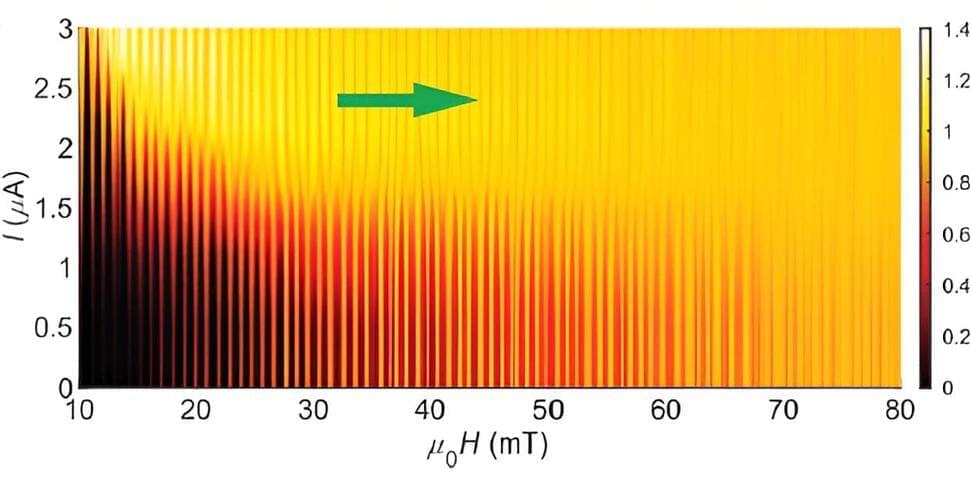
Superconductivity study confirms existence of edge supercurrents
Topological materials are materials that have unusual properties that arise because their wavefunction—the physical law guiding the electrons—is knotted or twisted. Where the topological material meets the surrounding space, the wavefunction must unwind. To accommodate this abrupt change, the electrons at the edge of the material must behave differently than they do in the main bulk of the material.
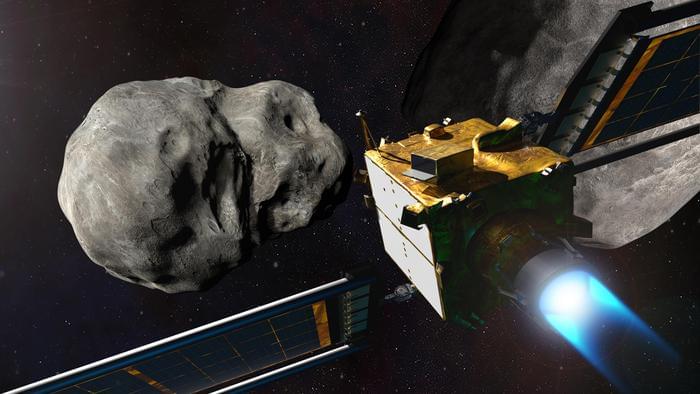
DART Impact Reshapes Asteroid Moon Dimorphos, Alters Future Exploration Plans
What did NASA’s Double Asteroid Redirection Test (DART) spacecraft on the asteroid moon, Dimorphos, teach astronomers about altering the trajectory of asteroids and asteroids’ formation and evolution? This is what a recent study published in The Planetary Science Journal hopes to address as an international team of researchers investigated the potential geological changes made to Dimorphos, which orbits its parent asteroid, Didymos, when DART impacted the former in September 2022. This study holds the potential to help scientists better understand the formation and evolution of asteroids throughout, and potentially beyond, the solar system, which could hold implications for the early history of the solar system, as well.
“For the most part, our original pre-impact predictions about how DART would change the way Didymos and its moon move in space were correct,” said Dr. Derek Richardson, who is a professor of astronomy at the University of Maryland, a DART investigation working group lead, and lead author on the study. “But there are some unexpected findings that help provide a better picture of how asteroids and other small bodies form and evolve over time.”
For the study, the researchers analyzed post-impact data of the DART spacecraft on Dimorphos based on predictions made prior to the impact, which could help in planning for the European Space Agency’s upcoming Hera spacecraft mission to Didymos, which is slated to launch in October 2024 and arrive at Didymos in December 2026. In the end, the researchers found that along with Dimorphos’ orbital parameters being influenced by the impact, its physical shape was altered, as well. This resulted in the small asteroid moon becoming elongated towards its poles, whereas its poles were squished prior to impact. This indicates varying formation and evolutionary processes regarding its geologic composition.